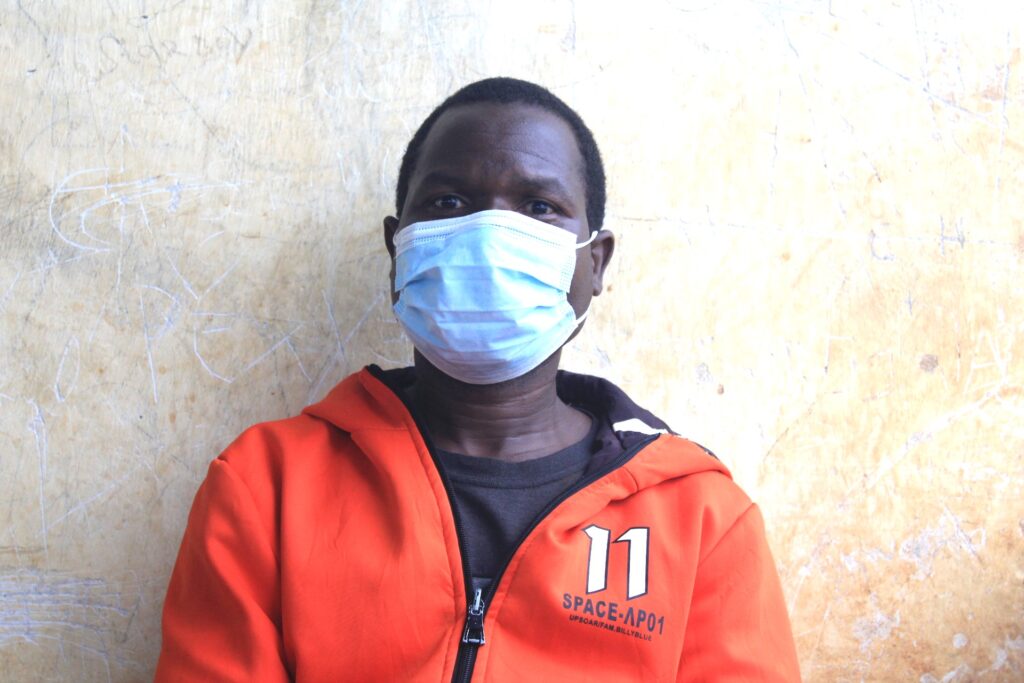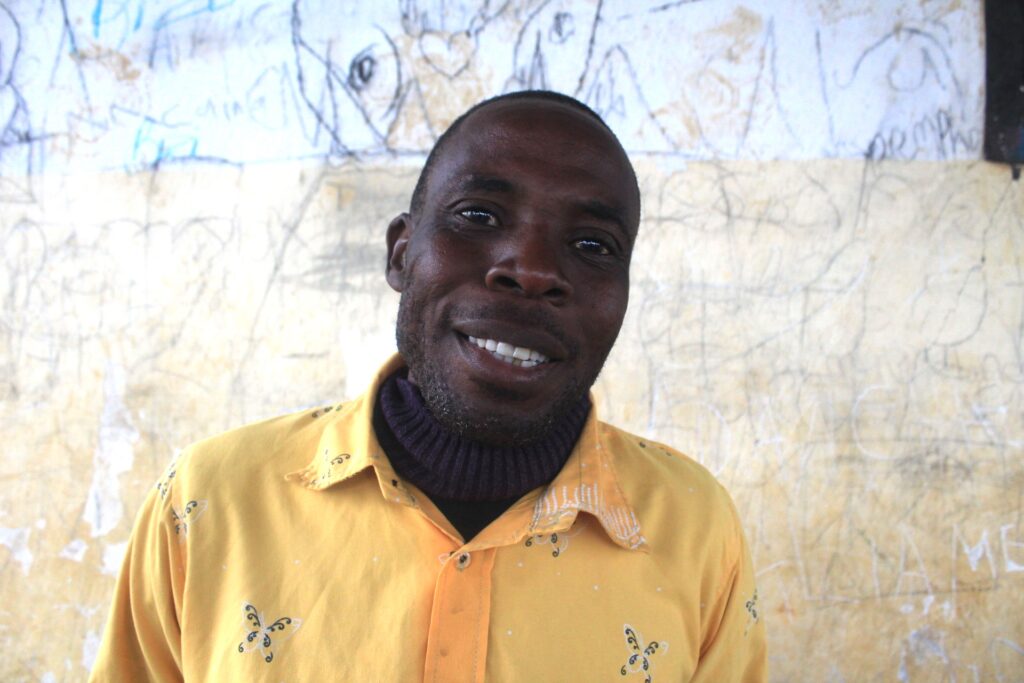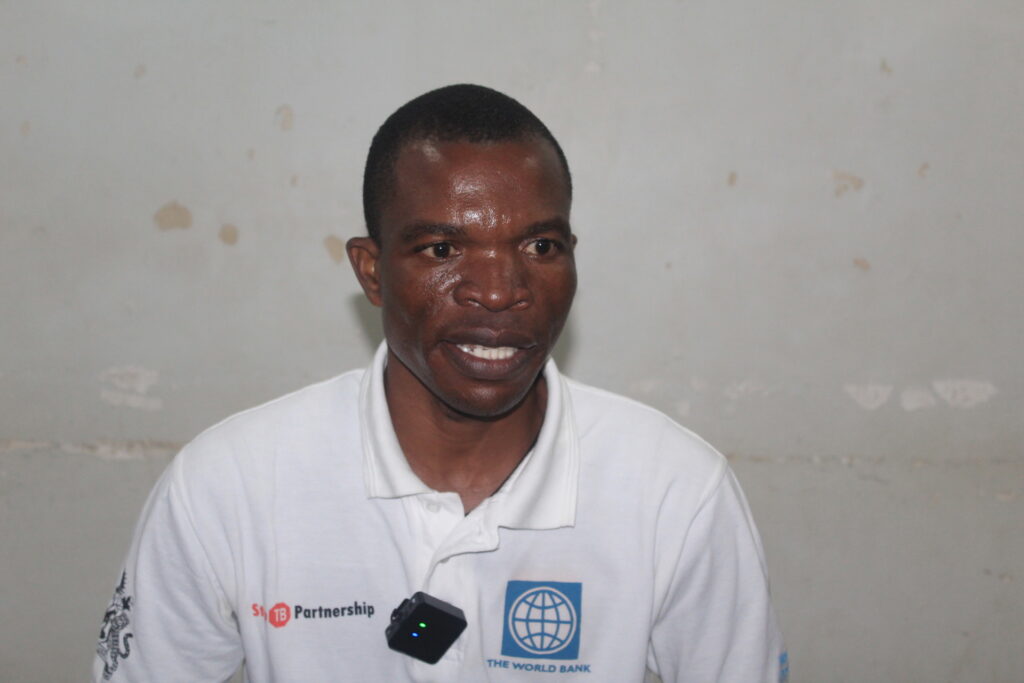
As the fight against Tuberculosis (TB) intensify, districts like Chiradzulu have gone an extra mile to contain the disease.
Raphael James, 42, is a father of four children. He is now receiving TB treatment at Chiradzulu district hospital.
According to James, the intensified message awareness about TB and speedy diagnosis by the hospital through Njuli sputum collection team, saved his life.
“At first, I felt persistent cough, fever, loss of appetite and night sweats. Then, I heard about Njuli sputum collection team. So, I went there and they got samples of my sputum. They took it to the district hospital, and later on got results.” explains James
He adds, “From that time of diagnosis, I have received a tremendous treatment support from the hospital and our sputum collection team who ensures that I get proper prescription and treatment.”
With minimum resources, the district is making commendable efforts through its upscaled activities in diagnosis, sputum collection and speedy referrals of some patients to Queen Elizabeth Central Hospital for urgent treatment.
Chairperson for Njuli Sputum Collection Group Anthony Malizani who began the work in 2022, noted that transportation is one of the challenges affecting his work.

“We work within a 5km radius and mode of transport is one of the challenges we face every day. If there are people who can help, should do so because this is a voluntary work.” Malizani said
Since its establishment in 2022, Njuli Sputum Collection group has reached 3,224 people and collected 1,126 sputum samples. In 2023 the group registered 10 TB cases.
Despite transport being a very big challenge, the district hospital has also started sending patients requiring X-ray services to Queen Elizabeth Central Hospital in Blantyre.
Chiradzulu District TB Officer, Patrick Chikuni recently told a team of journalist on TB and Leprosy issues that the hospital also lack Lipoarabinomannan (LAM) test kits to carry out TB diagnostics which was supposed to be supplied in April 2024.

Chikuni said: “Each and every month, we are supposed to conduct supervisions and follow-up in various peripheral facilities. But due to some issues of visual or whatever, we are facing a challenge to conduct such supervisions.”
He added, “When it comes to TB case diagnosis, as you know, in Chiradzulu almost 30 to 40 percent of TB cases that were registered every quarter through LAM kit tests. And since we have out of them, as of now, our TB case notification has gone down.”
In his response on lack of X-ray machines at Chirazulu District Hospital, Ministry of Health Spokesperson Adrian Chikumbe said they are aware of that problem which also exists at Machinga and Mwanza District Hospitals, now they have hired technical contractor to repair it.
Chikumbe explained that they have some mobile x-ray machine which will soon be deployed into different areas across the country including those without machines to support in diagnosis of patients on various diseases.
“This is a temporary solution as we try to fix the bigger machines,” He said.
Though the hospital face a number of challenges, According to the 2024 first quarter report, that covered January to March, it has shown that the Chiradzulu district performed well in a number of key thematic areas including TB treatment outcome.
About 97 cases registered representing 93 percent treatment success rate achievement, surpassing the target of 90% and witnessed a reduction in TB death rate of all TB cases that were registered in the first quarter.
There were 137 TB cases that were registered during the first quarter of 2023, while eight patients died representing 5.8%, just above a 5 percent national target and the figure lower from previous quarters which had been experiencing a higher percentage of more than 11%.
Sputum Collection groups and advocacy through Health Surveillance Assistants are some of the factors that has led to TB success rate in the district through Community TB case management. Out of 97 cases that were registered in quarter one 2024, 13 were from community TB, contributing to 13% and the national target 7 to 10 percent.

